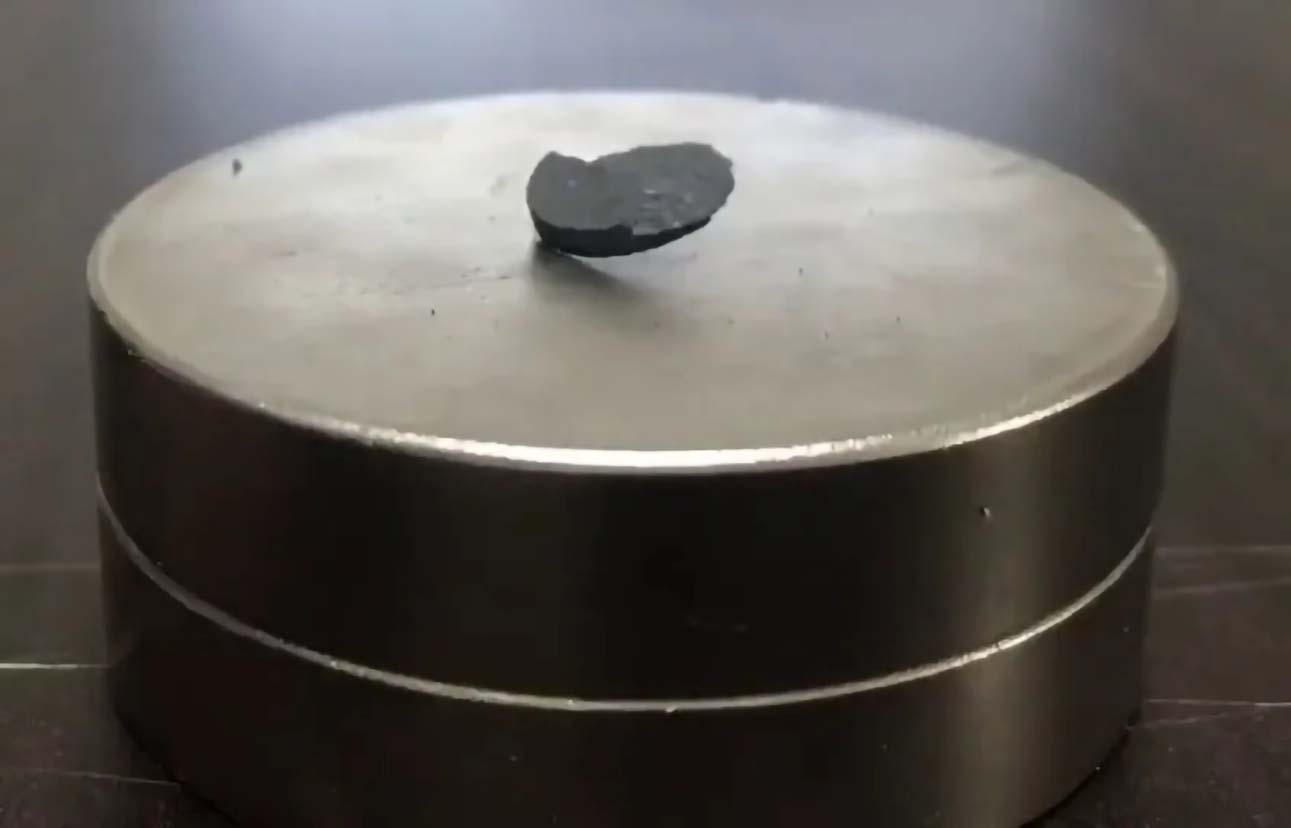Is LK 99 real? Is LK99A physics breakthrough or just hyperbolic hype? This mysterious material is making big claims about room temperature superconductivity, but can it back them up?
This is seriously game-changing technology, but there are many questions that are still unanswered. Is there a way to combine several conductors to achieve higher currents? I mean, 300 milliamps isn’t a lot, especially for industrial purposes and power transmission. Can you imagine charging a Tesla on 300 milliamps?
These measurements were made on a tiny sample. What would happen when we make this into a 12-mile track for a maglev train? Would it still work? How will this scale? And what about joints? Can you connect two pieces of LK 99 and have superconductivity pass from one to the other, or does it have to be one constant solid piece?
In this article, we will reveal the inside scoop on LK 99. We’ll talk about the researchers behind it, analyze their questionable data, and explore replication attempts by pros and amateurs alike.
Early results are pouring, but major questions remain unanswered. Does LK, 99 represent the future of physics, or is it a case study in sensationalism obscuring science? From drama in the lab to theories and experiments, we tackle it all.
Discovery Of LK 99
But first, let’s discover the story of the researchers behind the LK 99 Discovery, which is quite intriguing. The lead authors are Hyun-Tak Kim and Sukbae Lee, who previously worked together under the guidance of the late Professor Tong-Shik Choi at Korea University.
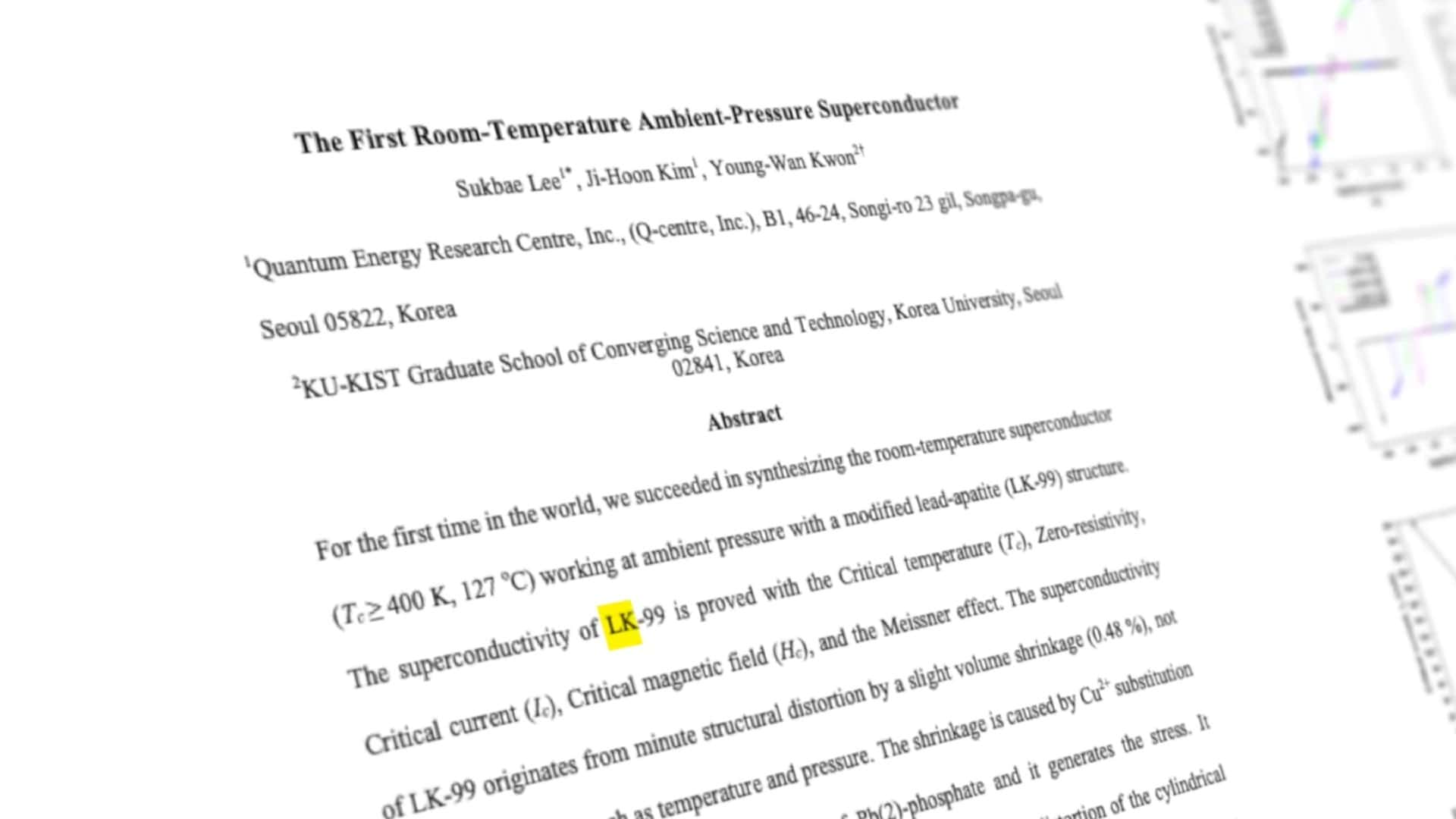
Choi passed away in 2017, but before his death, he expressed hope that his students would find the high-temperature superconductor his theoretical work predicted. Kim went on to a battery materials company, while Lee founded a startup called Q Center. After Choi’s passing, they reunited at Q Center to continue his research legacy and fulfill his dream.
Driven by admiration for their late mentor and a promise made, Kim and Lee worked for years trying to synthesize the copper-doped lead compound that Choi’s theory suggested could superconduct at room temperature. The results of this quest were the controversial LK 99 papers published in 2023 under Kim and Lee’s names.
Ninety-nine in LK 99 refers to 1999 when Choi first proposed the idea for this unconventional superconductor material. Though the research has drawn extensive criticism, Kim and Lee’s devotion to honoring their professor’s vision is central to the LK 99 origin story.
The LK 99 Research Paper Controversy
However, there is also controversy around how the LK 99 research was released. Two separate preprint papers were uploaded to Arxiv by the authors in July 2023. The first listed 3 authors, Kim, Lee, and a researcher named Kang. But shortly after, a longer 6-author preprint was uploaded without the knowledge of Kim, Lee, and Kang.
One of the other researchers had published the expanded preprint alone without permission.
Kim publicly expressed frustration that this version contained many defects and was uploaded prematurely. This rogue preprint helped kick off the viral interest in LK 99. Before Kim could address issues with the data and analysis, the unauthorized preprint fuelled speculation and media hype by coming out before the research was ready.
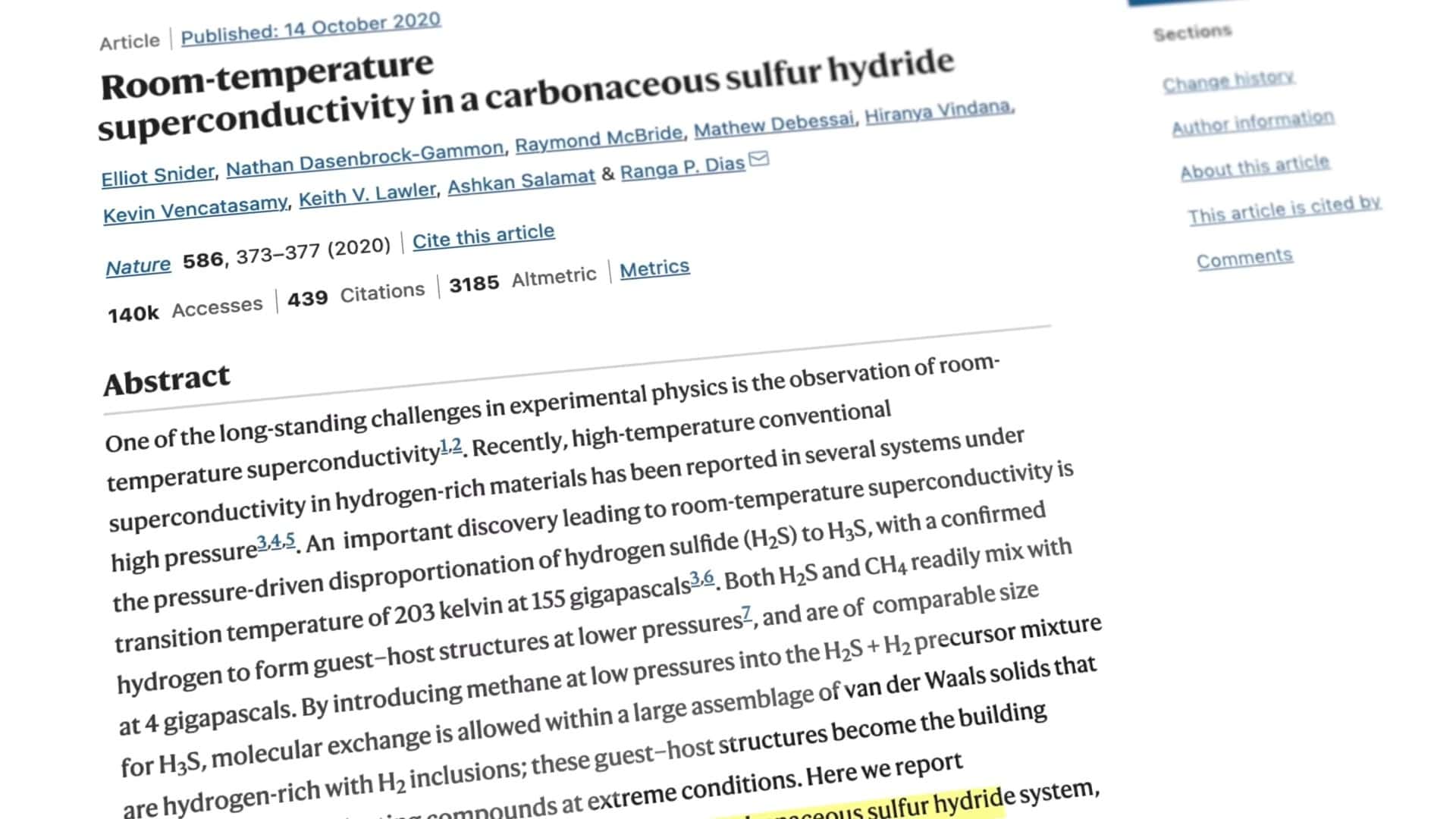
This controversy exemplifies the importance of proper scientific communication and peer review. Unvetted preprints should not be taken as established facts, and breaching research integrity for potential fame undermines the collaborative process that yields quality science.
Is LK 99 Real?
A deeper analysis of the two preprints also raises concerns about vague language and resistance measurements. The papers make claims about LK 99 exhibiting 0 resistance, the hallmark of superconductivity. But the data graphs are imprecise and do not definitively demonstrate perfect conduction with no losses.
There is also no evidence of the specific heat anomaly expected when a material transitions into a superconducting state. The resistance results in show fluctuations, noise, and a gradual decline, more characteristic of a plain good conductor, not an ideal superconductor dropping instantly to 0.
So while resistance decreases, the language of 0 resistance seems inflated. The measurements lack the precision and sharp transition needed to convincingly prove superconductivity. This vagueness erodes confidence in the reported findings and underscores the urgent need for independent verification.
With extraordinary claims like room temperature, and superconductivity, independent verification is absolutely crucial. Reproducing experiments is a fundamental tenet of the scientific method. LK 99 cannot be considered legitimate until other labs can replicate the results. This prevents issues like bias, errors, and even misconduct from leading the community astray.
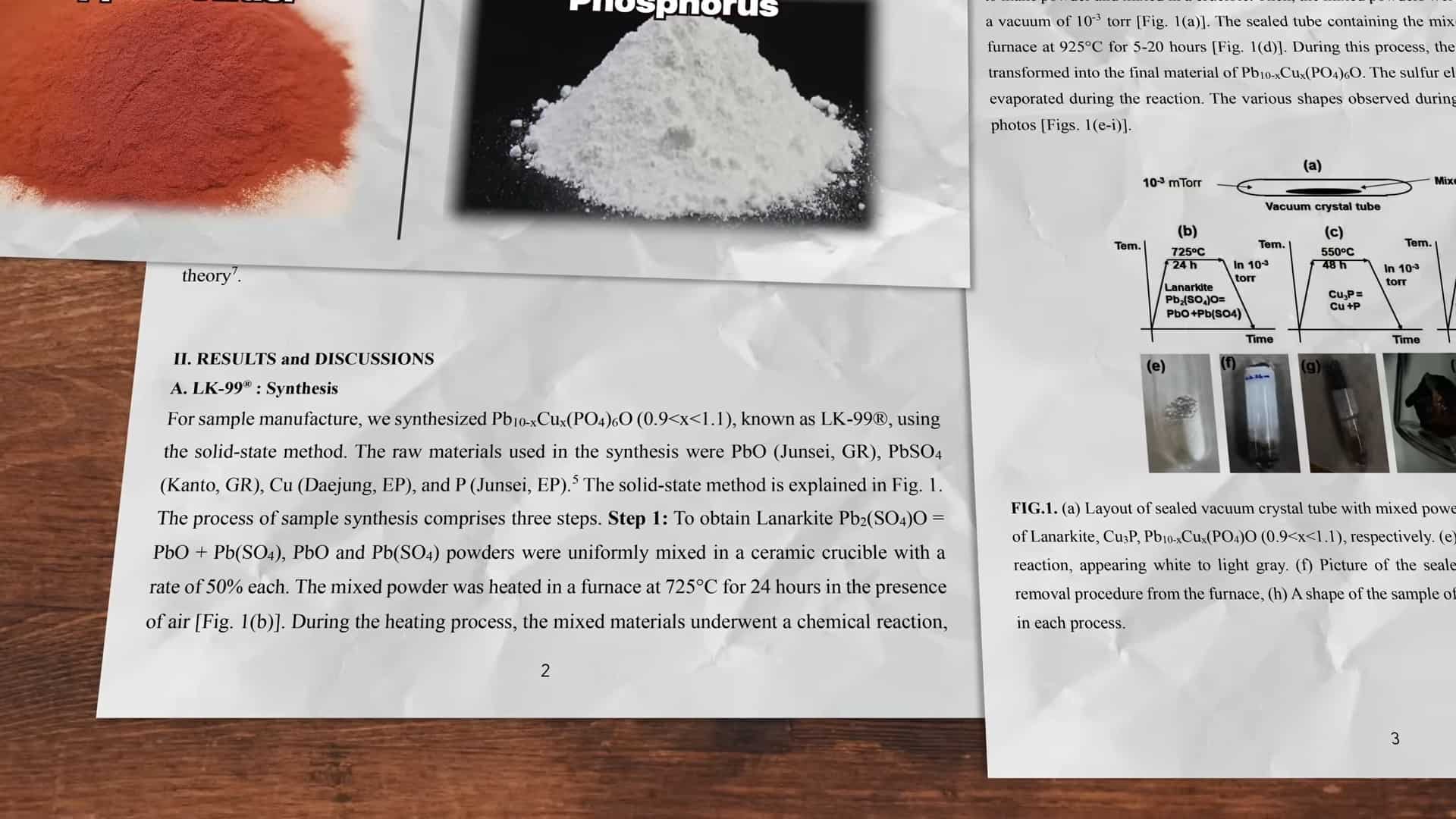
While the original researchers believe in their findings, science is not a matter of belief. Their claims do not become facts until experimentally confirmed by unrelated groups with no vested interests. This expectation of independent validation disciplines researchers to conduct rigorous, transparent science. It also allows for checking biases, identifying mistakes, and ruling out statistical flooks.
Replication Of LK 99
Direct replication is simply the best filter we have for distilling truth. This is why the physics community awaits third-party verification before accepting LK 99 as the real deal. But what do you guys think of this? Additionally, in the absence of definitive verification, some amateur scientists and Youtubers are even attempting to replicate LK 99 themselves at home. The materials to synthesize it are relatively accessible, making garage superconductor hunting a viral pursuit.
While commendable in spirit, these well-meaning efforts are unlikely to yield real insights. Superconductivity is notoriously tricky to produce and characterize correctly. Even experts with cutting-edge equipment have trouble getting reproducible results. So DIY attempts, though enthusiastic, should be viewed more as fun than science. Until research powerhouses can replicate LK 99 conclusively, it may be beyond the reach of home setups.
What Scientists And Researchers Had To Say About LK 99?
In the physics community, skepticism prevails based on the data published so far. Multiple physicists interviewed say LK 99 is unlikely to be an actual room-temperature superconductor, given the materials and methods used. They point to inconsistencies with known superconductors and the lack of expected signals in the resistance measurements.
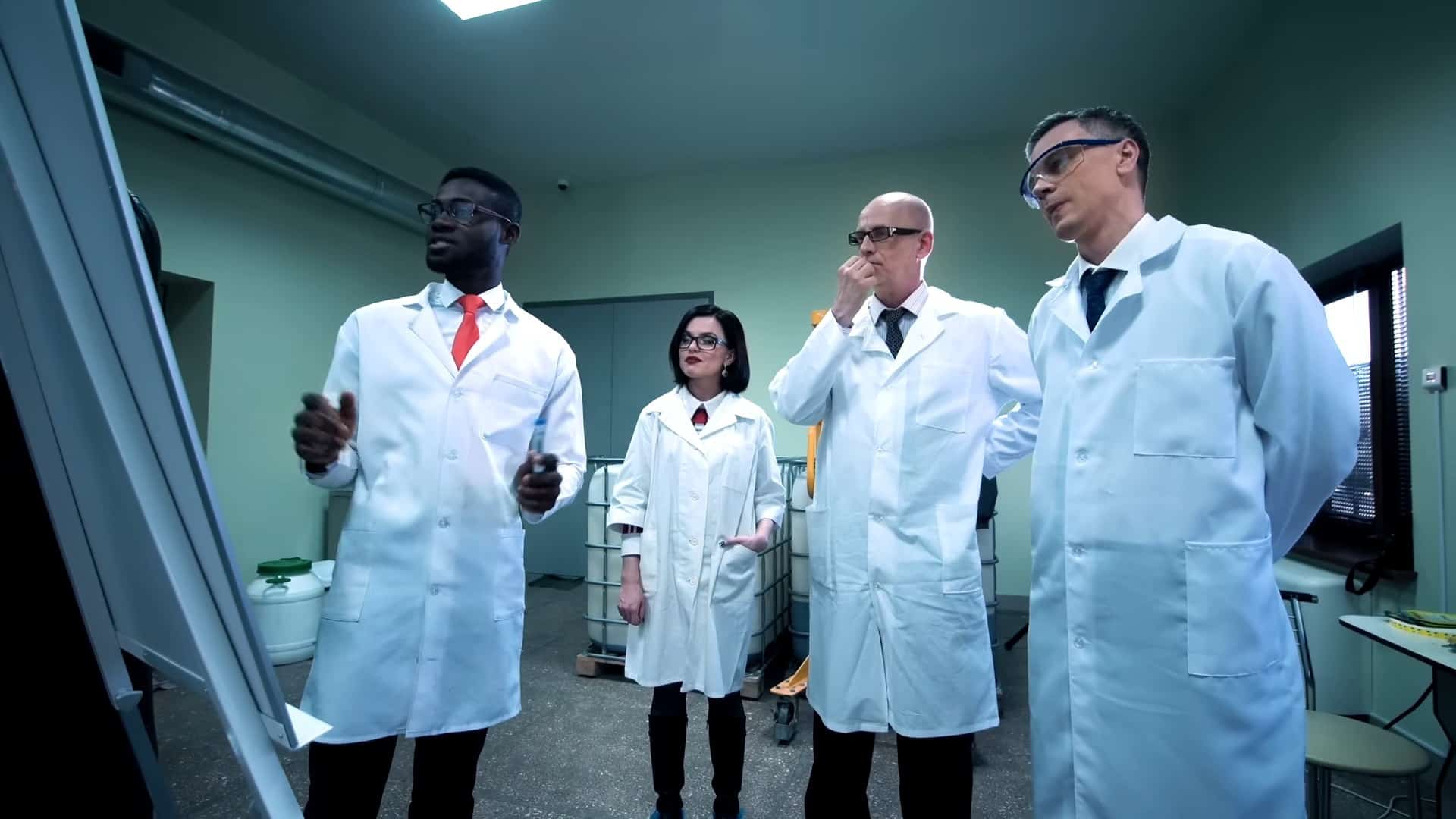
Respected voices like Doctor Grovner of Oxford emphasized that extraordinary claims require extraordinary evidence. And prominent materials Scientists argue that starting from a ceramic mineral rather than a metal makes achieving superconductivity highly improbable.
While these experts acknowledge the possibility remains, they assign a low likelihood based on current evidence. Their perspectives highlight the need for truly bulletproof data before accepting such paradigm-shifting claims at face value. A key reason physicists doubt LK 99 has flaws in how resistance was measured. One scientist compared it to metals, which are extremely good conductors but not perfect superconductors.
So LK 99 may be new conductive material, but the resistance data is unconvincing regarding superconductivity; more precise, unambiguous resistance measurements over a range of temperatures are needed to substantiate such groundbreaking claims.
Additionally, amateur replication attempts could inadvertently harm the science. These well-meaning efforts lack the expert technique and rigor to reliably reproduce such sensitive research. Failed replications due to improper methods could falsely seem to invalidate the claims.
Is LK 99 Theoretically Possible?
Even if LK 99 does work under optimized lab conditions, the materials must be exceptionally pure, measurements precise, and trials tightly controlled, challenging for non-experts. While admirable to try at home, results could confuse more than clarity; caution is urged.
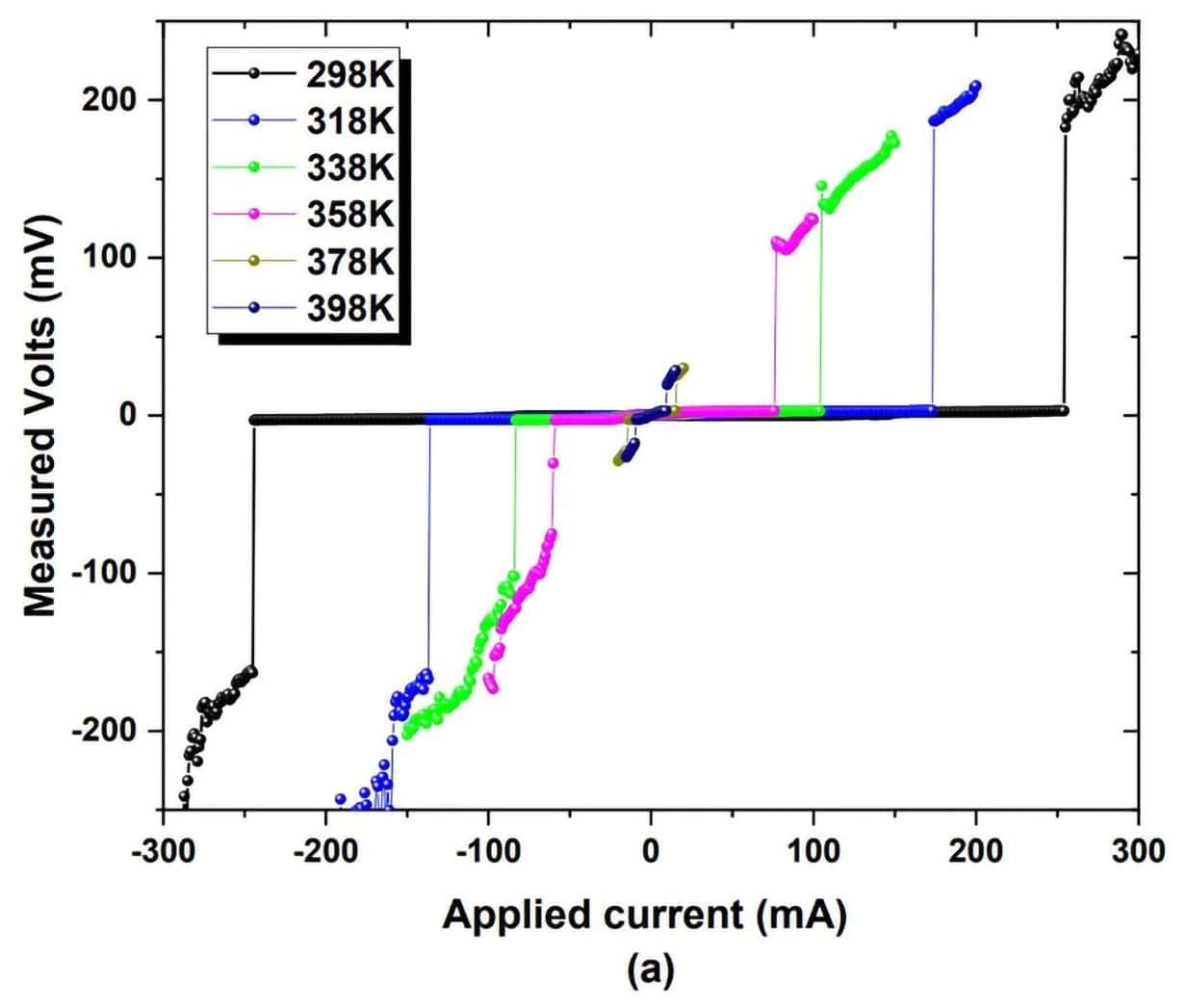
Even if proven superconducting, LK 90 nines composition may limit applications. Most use Superconductors are flexible metals that can be deposited as wiring and coatings. But LK 99 is a rigid ceramic mineral, which could restrict the use of ceramics and cannot be drawn into wires to replace copper cables.
Superconducting wiring may require adapting the material or bonding it to metallic substrates. Additionally, many uses rely on strong magnetic fields, but the non-metallic nature may give LK 99 poorer feel properties. Its brittleness and inflexibility also hamper practical use. While still valuable for research, LK 99’s mineral composition may inhibit widespread utilization should superconductivity be confirmed.
Other debunked superconductor claims provide valuable lessons. We must demand solid proof before radically rewriting physics; preprints and media hype is no substitute for rigor, transparency, and independent verification, and claims require investigating thoroughly, not just cheering initially. If LK 99 pans out, it will be thanks to persistent skepticism, not credulousness. Breakthroughs grow from scrutiny, not blind acceptance, and that’s all for today.
Some Common Questions If LK 99 Was Real?
If these guys’ claims are legit, which they seem to be, we’ll know very soon. And when we do, we’ll have a follow-up article, and we’ll bring you up to speed on all the new findings. This is very early on, but it’s very promising. They have provided their work for the entire scientific community, and a lot of labs and research facilities around the world are trying it for themselves.
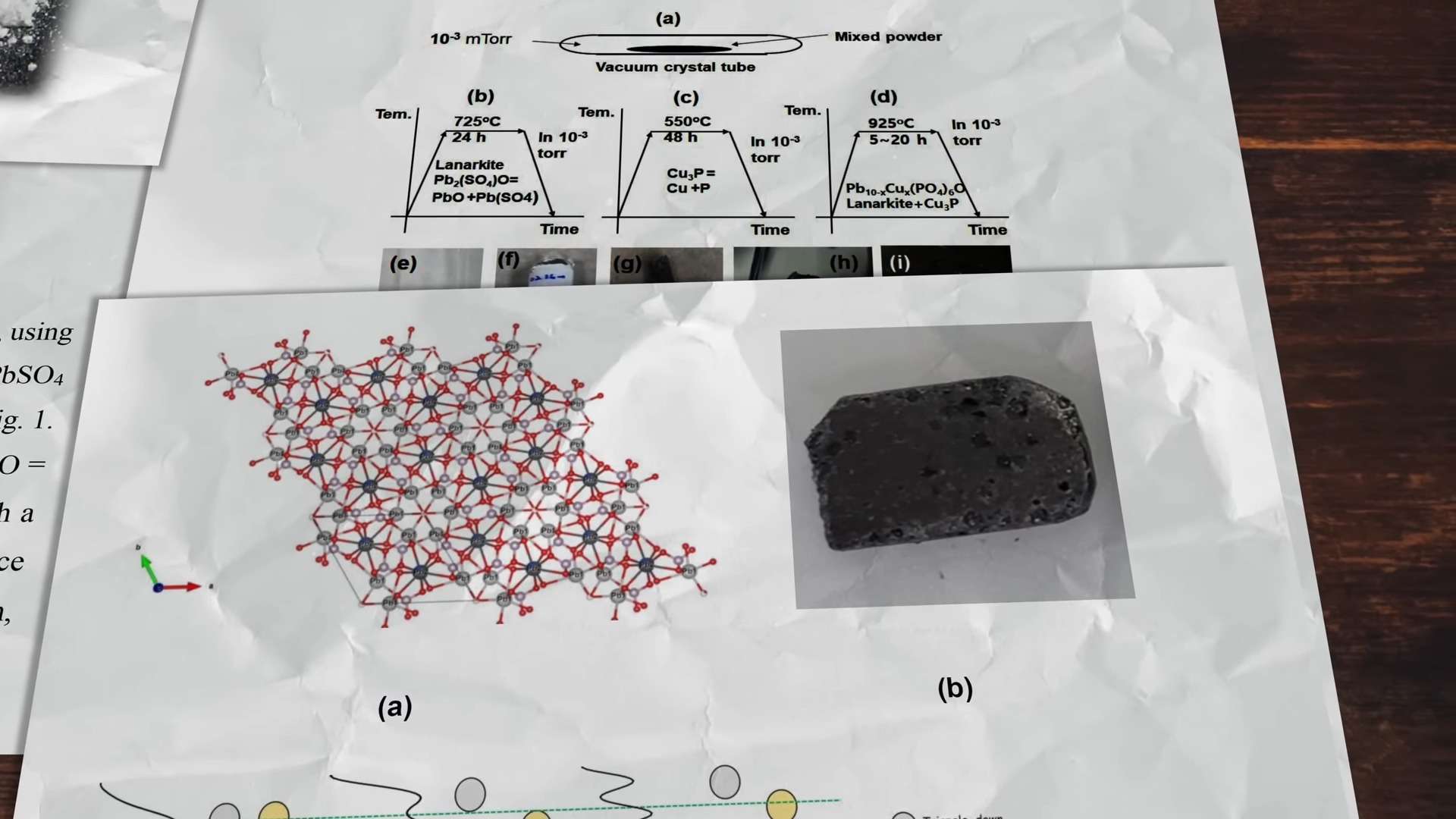
The next step is corroboration and replication. Can other people do the same thing? This part of what makes the scientific process so powerful is repeatability. If only one person could do it. The odds are there might be some foul play. But if others in the scientific community can start to test it, which they will be doing in the coming weeks or so, we’ll do follow articles and tell you how this plays out.
The amazing part is that this is not exotic. The materials required are pretty common. Lead is a fairly common material in the Earth’s crust, and so is everything else required. Even the machines and fabrication processes are pretty straightforward. So there should be really no reason why we shouldn’t have an answer in the next month or so.
What If LK 99 Is Real?
Now let’s assume that this actually is legit and all their claims are true. What could this mean for the world? Well, this would have a deep impound on almost every engineering discipline. One of the key benefits of superconductors is confinement. Let me give you 2 examples.
The first is an MRI machine, and these machines produce such strong magnetic fields that it’s important to confine those fields to the room. Otherwise, they could be harmful to pacemakers or people that didn’t sign up for an MRI.
The first MRI machines used around 40 tons of iron to line the rooms they sat in and To shield the magnetic fields. This makes it incredibly expensive and difficult to install MRI machines. But modern MRI machines use secondary Electro magnets to operate in a superconducting state.
They have zero resistance and can carry large amounts of current without overheating. The only catch is that these superconductors need to be cooled with liquid helium down to -269 degrees Celsius, or 4 Kelvin; that’s four degrees from absolute zero. And that is the largest part of the cost and maintenance of running MRI machines.
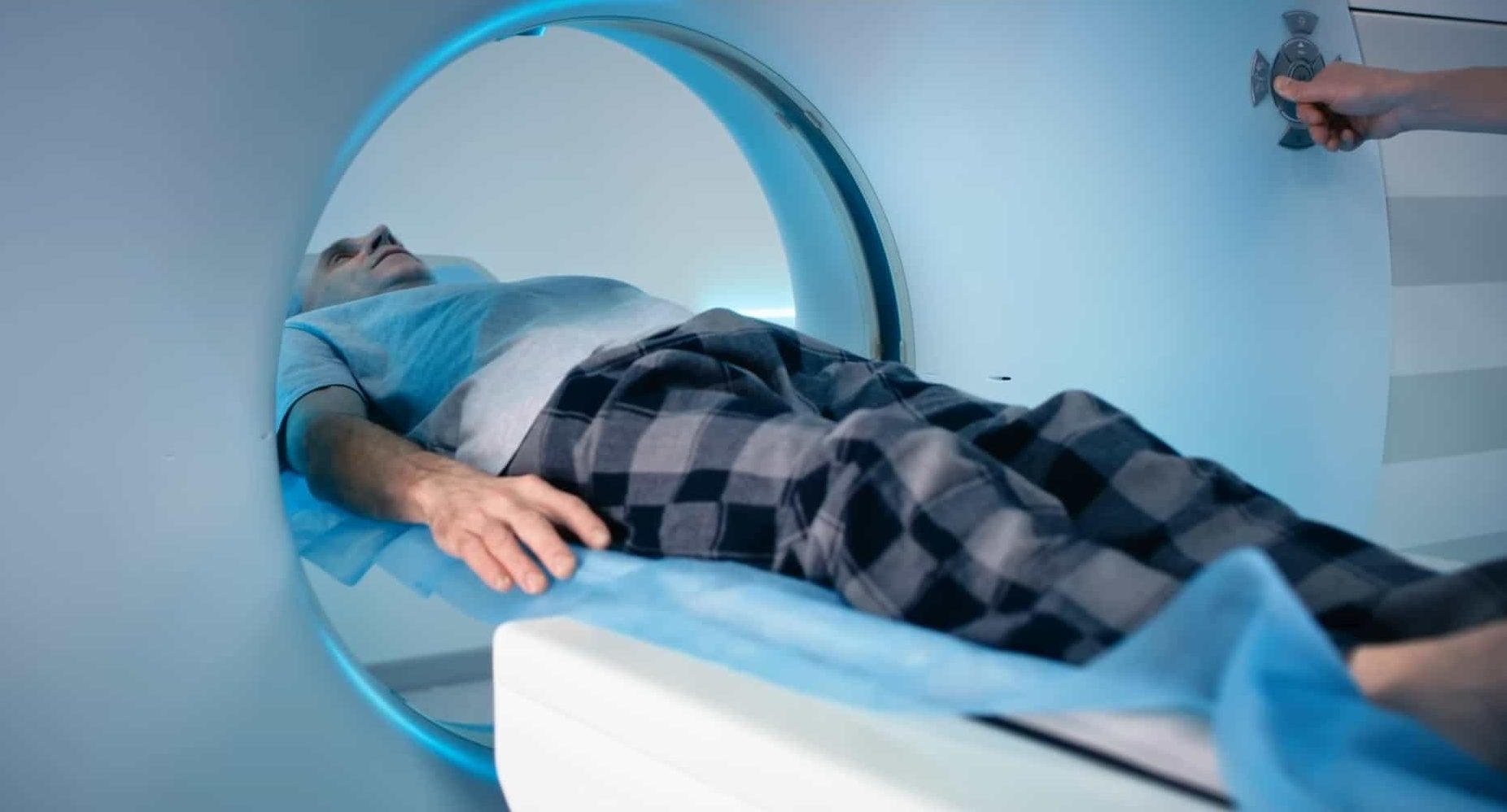
But with room temperature superconductors, system design would be simplified dramatically, and MRI machines upfront and operational costs would be slashed significantly. Imagine MRI machines available for a lot more than just the most critical things and not having long wait times. Medicine is a game changer.
Other Use Of Superconductors
How about nuclear fusion reactors? Again, the high energy plasma that is produced has to be confined, which is currently done with superconductors, and again at very low temperatures. This energy input to keep that superconductor material cold could be made away with in a world with room-temperature superconductors.
The Meissner effect would even allow for ultra-efficient, low-cost maglev trains, as we mentioned before. You wouldn’t need neodymium or other rare earth metals; you could use these room-temperature superconductors. How about ultra-efficient electric vehicles that don’t need battery or motor cooling?
All the heat that is produced in copper from running windings inside of an electric motor has to be cooled because they’re not perfectly efficient and do have some resistance, and this reduces efficiency twice. Because one, you’re wasting some of the electricity as heat. And two, you have to run pumps and heat exchangers to handle that heat. Both those things use energy that isn’t propelling your car.
Forward superconductors are also able to maintain a current with no applied voltage. Experimental evidence points to a lifetime of at least 100,000 Years. So might we be on the brink of a whole new industry of room-temperature superconductor batteries? That’s an article all by itself for another day.
Quantum Computers
But by far, the most fascinating application has to do with the fundamental research Sukbae Lee was working on at Q Center, and that’s quantum computers. If you’ve ever seen a picture of a quantum computer in all its glory, it is a really beautiful machine. The chip itself is actually really small.
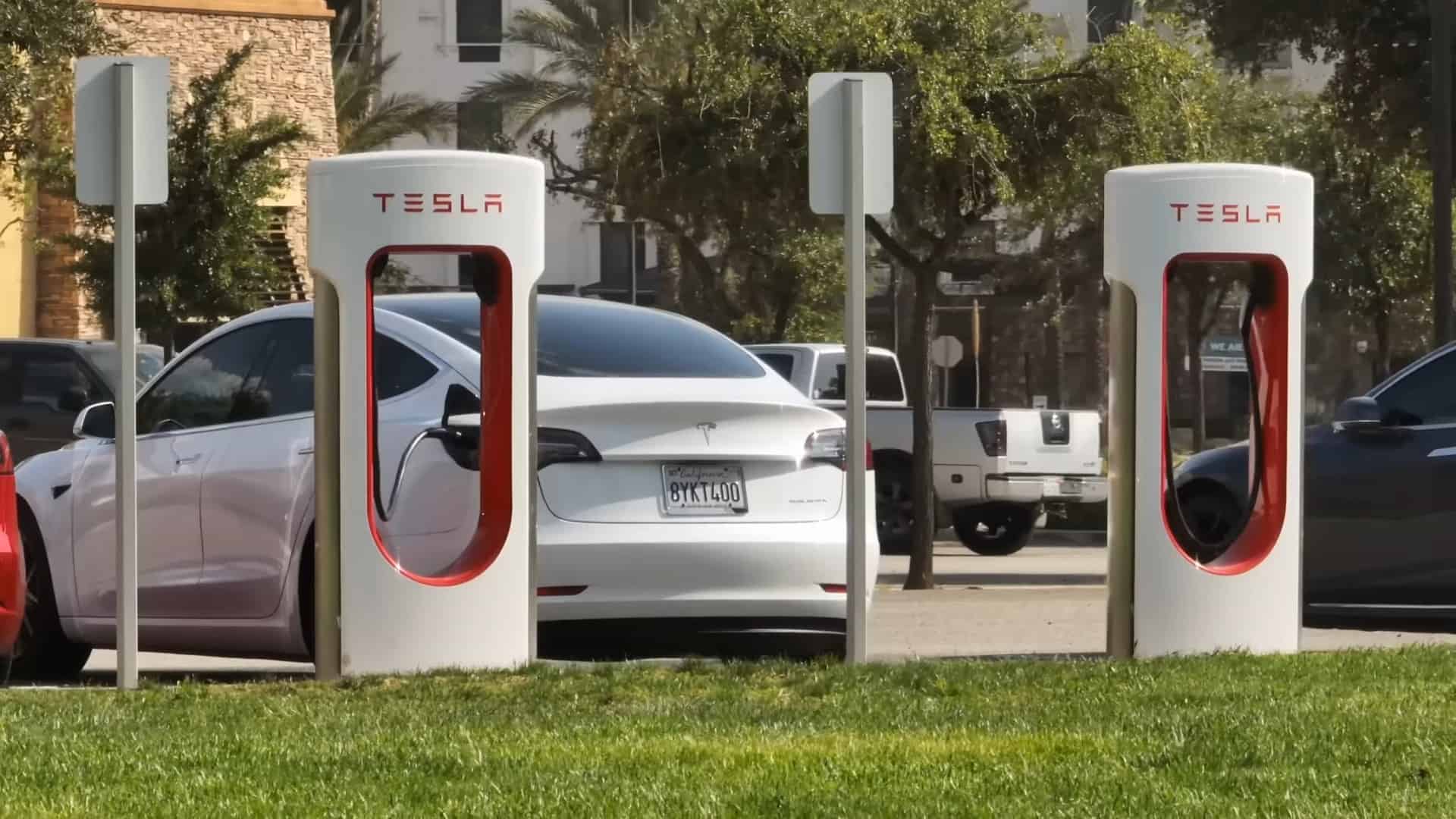
The rest of the machine is entirely made and there to keep it cool. Room temperature, as SEES, would be one of the biggest game changers. We could have quantum computers on our phones and our laptops. We also mentioned Power Distribution, right? That’s another one. Let us know if there are other conditions or if a room-temperature Superconductor would be completely game-changing.
This is one of the most exciting papers I’ve read in recent memory, and I started with a very healthy dose of skepticism because of the other falsified claims from a couple of years ago. But from what I’ve seen, there is reason to be optimistic, and we will have to wait for verification from other labs around the world. But what an amazing thing.

